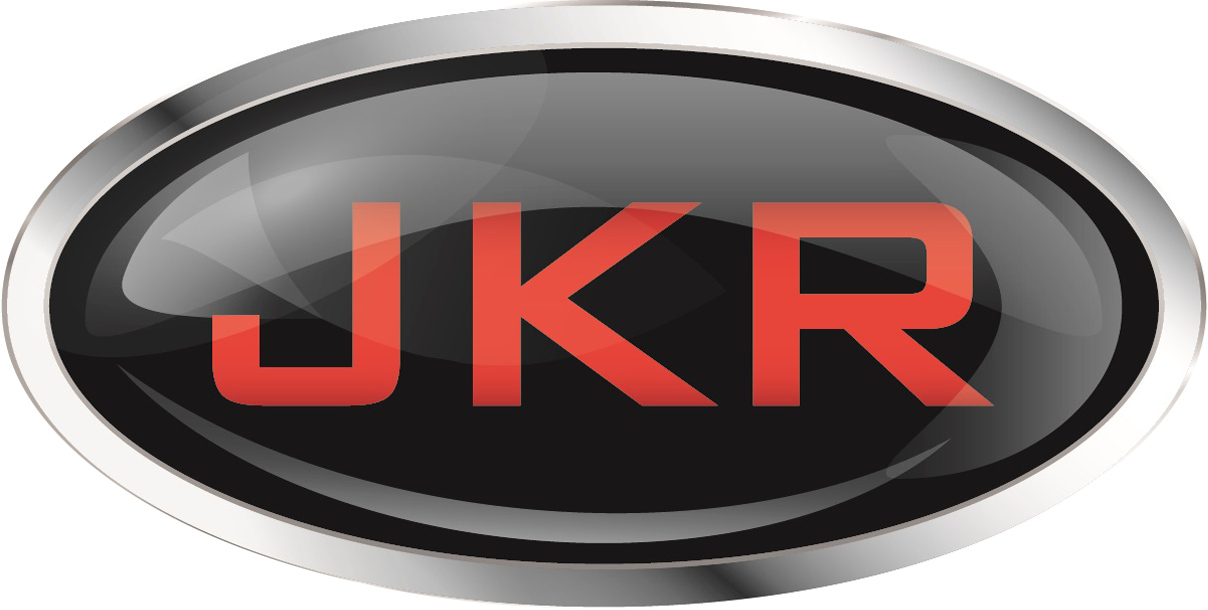What Led to the Demise of Scion?
 Last week’s decision by Toyota to discontinue the Scion brand comes as no surprise by many industry experts. During its early days, Scion became a mainstay as a brand appealing to a young, hip audience and at its highest point – its third year of existence – it sold 173,034 new vehicles in 2006. Fast-forward to today, however, and sales have plummeted; in 2015, the total was about a third of its best year, coming at 56,167. As a result, the brand is going the way of the dinosaur in August.
Last week’s decision by Toyota to discontinue the Scion brand comes as no surprise by many industry experts. During its early days, Scion became a mainstay as a brand appealing to a young, hip audience and at its highest point – its third year of existence – it sold 173,034 new vehicles in 2006. Fast-forward to today, however, and sales have plummeted; in 2015, the total was about a third of its best year, coming at 56,167. As a result, the brand is going the way of the dinosaur in August.
What happened to cause the demise of Scion? There are a couple big things responsible for it. First, the timing of the recession wasn’t good for Scion. It caused Toyota to take away finances and resources from Scion, which essentially stunted their growth by preventing them from designing new products. Additionally, as time passed, the Scion target audience slowly became more accepting of the Toyota brand.
Some say that had Toyota continued to fully support Scion as it originally intended – as the hip alternative to Toyota’s “regular car lineup”—the brand may have made much more of a long-term impact than it ultimately did. But for those who will miss Scion, all isn’t lost. The Scion cars will be absorbed into the Toyota brand by the 2017 model year – including the CH-R concept that debuted recently at the Los Angeles International Auto Show.
Though some will wonder what could have been, it seems that today’s Scion simply wasn’t going to improve their numbers significantly. Despite having a niche as being the brand that has the youngest average buyer age of 35, Toyota probably made the correct decision knowing it wasn’t going to put any additional finances into Scion.
As the brand fades away after a 14-year run, Scion will be remembered as a trendy choice that started off strong – but like many trends, it eventually ran its course and lost its “cool” factor.
JKR Automotive Advertising: We Move Cars.
